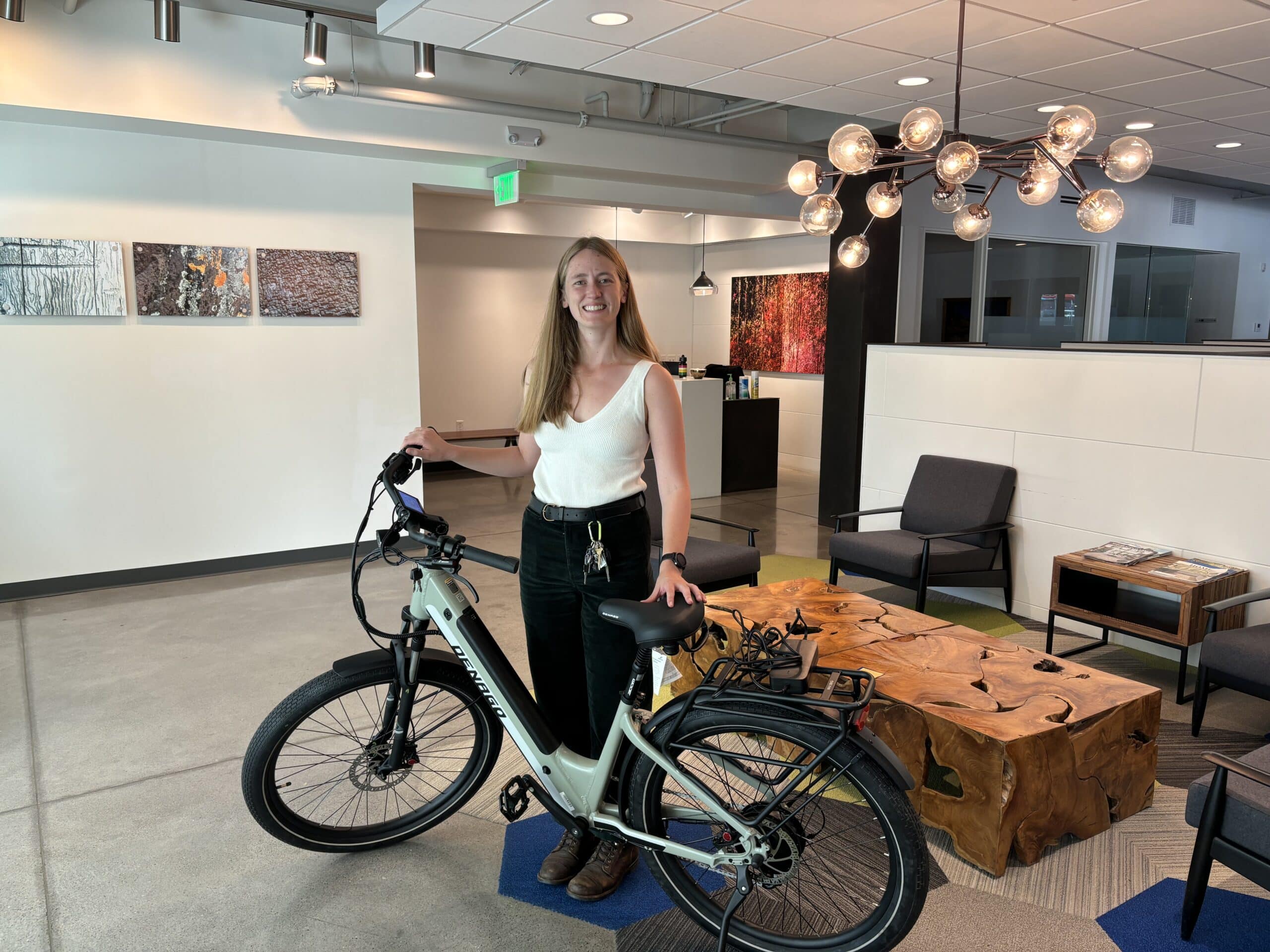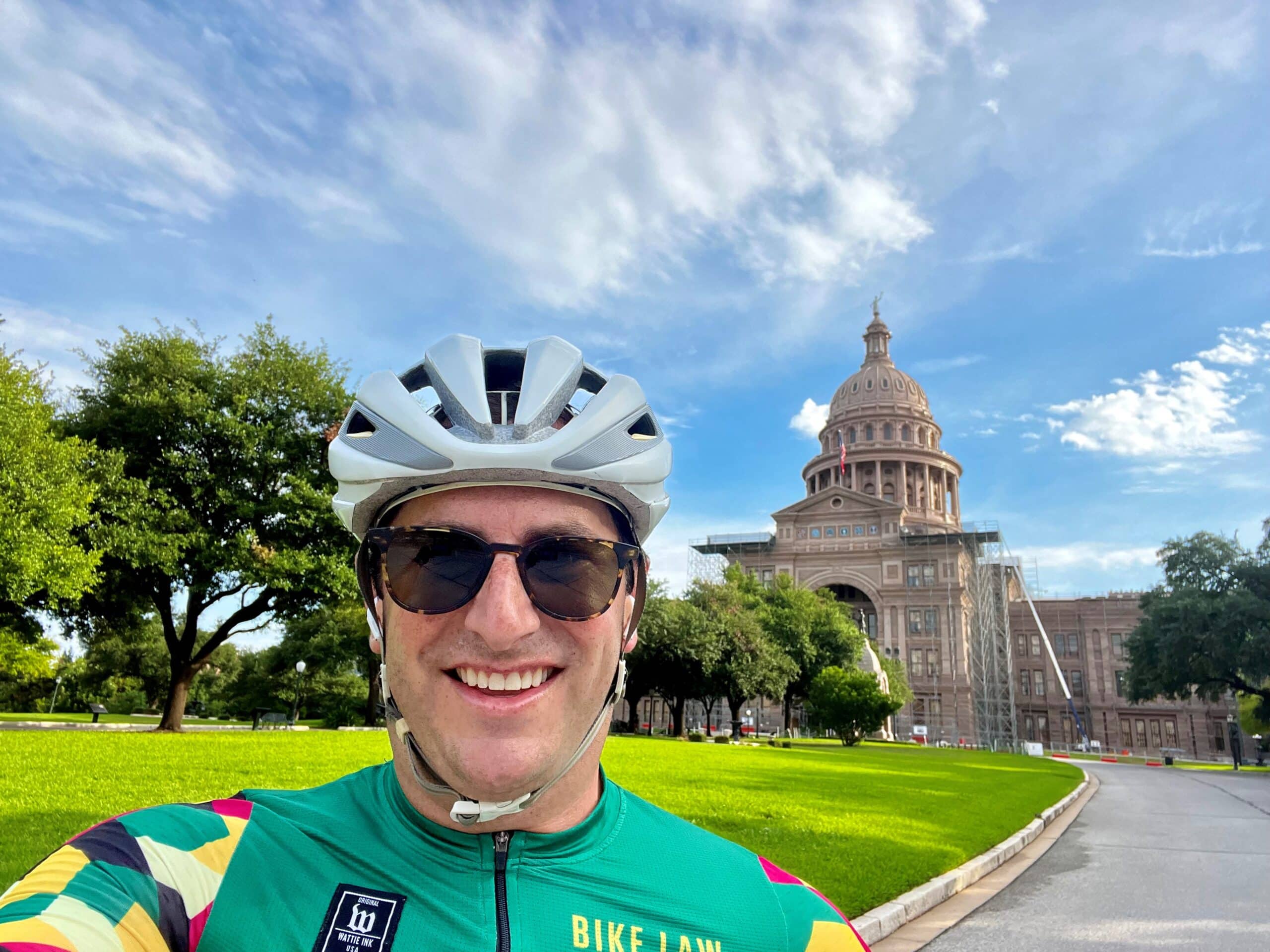Ann Groninger and Charlie Thomas analyze the analysis.
Understanding trends in helpful in deciding where to focus safety efforts and crash prevention. According to a report released by the Governors Highway Safety Association (GHSA), the number of bicyclists killed on U.S. roadways is trending upward. The report finds that yearly bicyclist deaths increased 16 percent between 2010 and 2012, while overall motor vehicle fatalities increased just one percent during the same time period.
Here’s the GHSA Report.
Our colleague Rick Bernardi wrote a more stinging response entitled Lies, Damned Lies, and Statistics. Rick, as always, does a great job breaking it down.
The report’s author, former Insurance Institute for Highway Safety Chief Scientist Dr. Allan Williams, studied bicyclist crash patterns through analyzing current and historical fatality data. Dr. Williams discovered some significant trends in fatal bicyclist crash patterns. The percentage involving adults age 20 and older increased from 21 percent in 1975 to 84 percent in 2012. The percentage involving males increased from 82 percent to 88 percent during this period. Adult males comprised 74 percent of all bicyclist deaths in 2012. The percentage of deaths occurring in urban areas climbed from 50 percent in 1975 to 69 percent in 2012.
There was also good news – the long term trend since 1975 has shown a decrease in fatal crashes. In many states, bicyclist deaths in collisions with motor vehicles are infrequent. Twenty-three states averaged five or fewer deaths per year between 2010 and 2012, and in 11 states and the District of Columbia there were five or fewer total bicyclist deaths.
Six states, however, have a lot of work to do: between 2010 and 2012, California, Florida, Illinois, New York, Michigan, and Texas – accounted for 54 percent of all bicyclist deaths in collisions with motor vehicles.
“Many states are dedicating resources to ensuring the safety of all roadway users, including bicyclists, by investing in educating bicyclists and motorists, promoting helmet use, enforcing motor vehicle laws and implementing infrastructure changes,” said Jonathan Adkins, GHSA Executive Director.
These safety resources largely involve visibility issues, which are often contributing factors in bicyclist deaths. Several states are attempting to help with bicyclist visibility by implementing roadway lighting and warning signs to increase awareness of the presence of bicyclists. For instance, Michigan noted that motorists who collide with bicycles often indicate they did not see them, prompting the promotion of high visibility riding gear. In Florida, police officers are stopping bicyclists who ride without lights at night, as well as distributing lights to those who are less able to afford them.
In Louisiana, the Destination Zero Deaths campaign has focused on a comprehensive and data-driven plan to reduce traffic fatalities, including pedestrian and bicycle fatalities, by 50% in 2030. Dan Jatres, co-chair of the New Orleans region’s pedestrian and bicycle emphasis area, is leading a coalition of public and private partners implementing programs in pursuit of the 50% reduction in fatalities.
According to Jatres, “As the number of people are walking and bicycling in our region continues to rapidly increase, we have been focused on developing safer conditions for everyone using our streets. The Destination Zero Deaths program is bringing new funding opportunities to allow our coalition partners to implement comprehensive approaches to increase safety, including infrastructure improvements, education and enforcement.”
The report also noted that a lack of helmet use and alcohol impairment are major contributing factors in bicyclist deaths. Dr. Williams stated that the percentage of fatally injured bicyclists with high BACs has remained relatively constant since the early 1980s. Additionally, Jonathan Adkins explained that helmet laws are an effective countermeasure particularly with so many inexperienced riders expected to begin bicycling in coming years.
In conclusion, Dr. Williams opines that as bicycling continues to gain popularity as a means for both transportation and exercise, there is a need to focus on the specific locations where bicycle/motor vehicle collisions most often occur to reverse this increasing trend of bicycle fatalities.
The report leaves us with unanswered questions: For example, does the increase in numbers mean more people are riding, or are a greater percentage of cyclists being killed? The report acknowledges the question but does not have the data to answer it. Does the enormous increase in percentage of adult death mean we are doing a better job educating children on bicycle safety, that drivers have become more vigilant in areas where more children are riding, or that fewer children are riding bikes? Regardless, any increase in crash-related deaths is unacceptable and we must keep working to reverse the trend.
In response to some of these unanswered questions in the GHSA report, the Alliance for Biking & Walking helped complete the larger analysis of bicycle fatalities with additional statistics. Like all of their work, the Alliance does a great job of thinking more deeply. First, the overall trend of bicycle fatalities has decreased 30% (965 to 677) from 1980 to 2011 despite the recent uptick in 2012. Second, the rate of bicycle fatalities serves as a more accurate safety benchmark than sheer fatality numbers. The bicycle fatality rate tells us how many people were killed as a proportion to the number of people who were riding a bike. Based on this analysis, California has a lower than average fatality rate in 2009 – 2011 based on its large number of bicyclists (6.3 fatalities per 10,000 bike commuters). In comparison, Mississippi’s average of 7 annual fatalities results in a death rate of 70.4 per 10,000 bike commuters. Nevertheless, Florida has both high fatal incident numbers and high fatality rates (average of 105 annual fatalities and 21.1 deaths per 10,000 bike commuters). As a final note though, the Alliance agrees with the GHSA report’s opinion that building protected bike lanes is a high priority to improve bike safety. Our Florida bicycle accident attorneys are dedicated to helping victims of bicycle accidents navigate the legal system and secure the compensation they need for their recovery.







